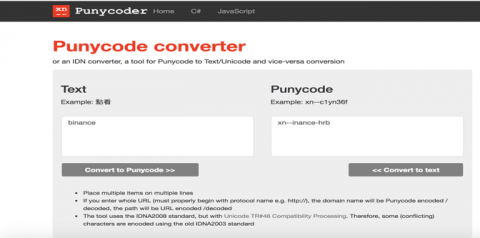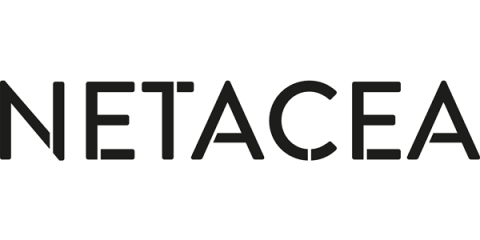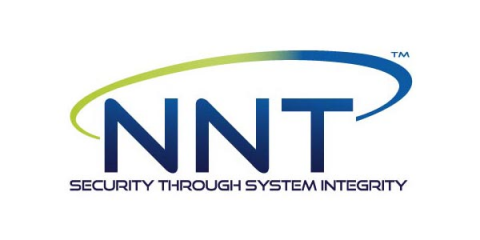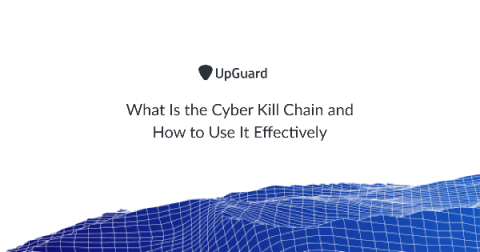DDoS attack prevention and protection explained
This blog was written by a third party author. Distributed denial of Service (DDoS) attacks stand as some of the most disruptive and costly cyberattacks that organizations face on a regular basis. Cyber criminals use DDoS attacks to make websites and other online services unavailable for legitimate use.








